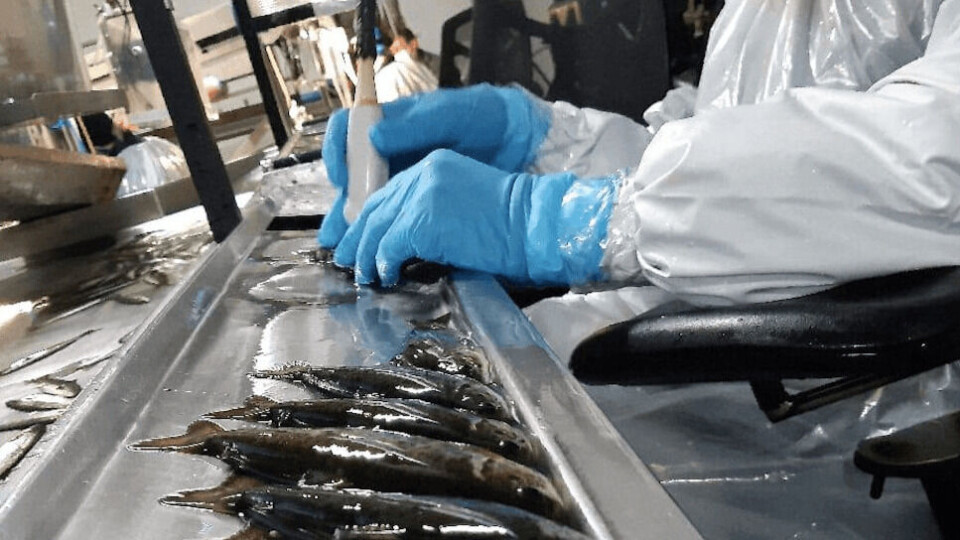
Sounding out the best smolts with ultrasonography
A company that uses ultrasonography to sex salmon and detect symptoms associated with disease is now using the technology to develop a performance index to identify productively superior fish.
Econexus has years of experience in the application of ultrasonography, also called medical ultrasound, in aquaculture. About 25 years ago, Jaime Concha, chief executive of the company, began to study the technique to initially determine the sex of salmon, and then the reproductive quality of the brood stock.
With time and experience, the veterinarian was able to perform sexing in smaller and smaller fish, allowing farming in the sea separated by sex, which was shown to increase the productivity of males by 15% and females by 8%.

Signs of disease
This development led Chile-based Econexus to export its services to Norway, Australia, Canada and Tasmania, among other salmon-producing countries.
Today, after carrying out a state-funded project where they managed to study and standardise the entire reproductive development of Atlantic salmon from smolt to spawning, and produce an associated database and images, the company’s experts can identify biological signposts associated with various diseases.
“We exhaustively followed the fish over time and then analysed in detail the internal characteristics of the fish that could define or show disease using ultrasonography. Associated with this, we also complemented our data with histopathology and hormonal analysis,” explained Concha.
Internal anomolies
Now, during sexing, experts can also detect internal anomalies associated with both infectious and non-infectious diseases and recommend to the farmer the elimination of certain individuals or groups of fish that later could be vectors of diseases or generate outbreaks in cages.
“We cannot make the diagnosis, but we do detect the signs associated with the diseases, which is highly correlated with the laboratory diagnosis. In any case, if in the ultrasound we find many fish with alterations, we can take samples to confirm the pathology, for which we have an alliance with (pathology lab) Vehice,” said Concha.
Performance index
This has led Econexus to build a productive performance index that is in the patenting process and will allow the smolts to be separated into premium, grade 1 and grade 2 groups, depending on their productive potential.
“There are fish that internally have the best conditions and characteristics that would allow them to be productively superior,” said Concha.
“After sexing, we want to take this next step, which involves a change in production, as it will help not only to reduce the use of antibiotics and reduce losses, but also to maximise productivity by generating groups that are productively superior. At the same time, it will increase the productivity of the producer, generating an efficient use of resources.”
Artificial intelligence
In addition to continuing to expand its services abroad, the company is working on the automation and incorporation of artificial intelligence in its ultrasound process.
It is also in the process of incorporating manual vaccination service at the time of sexing and developing automatic vaccination equipment.























































